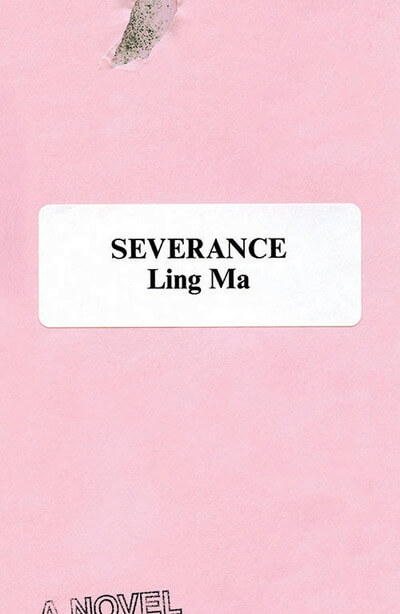The perfect gifts for nasty women, persisters and resisters, these three books celebrate the power and magic of women.
HEROINES IN THEIR OWN WORDS
Open to any page of 200 Women Who Will Change the Way You See the World and you’ll find a new role model. You’ve likely heard of many of the women included—Ruth Bader Ginsburg, Chimamanda Ngozi Adichie, Bobbi Brown—but many will be new faces, from humanitarian advocates to innovators and religious leaders. No woman falls into just one category, but they can all be labeled as brilliant.
For this series, 200 women from all over the world were asked the five same questions: What really matters to you? What brings you happiness? What do you regard as the lowest depth of misery? What would you change if you could? And which single word do you most identify with? Their answers, if considered all at once, are nearly overwhelming for the vast inspiration they provide. But taken one at a time, they reveal each woman’s own story, in her own words—a precious thing indeed.
Margaret Atwood’s favorite word is “and” (“It means there is always something more.”), while Marama Fox, representative and co-leader of the Māori Party in New Zealand, identifies with the word “whanaungatanga”: “It is the idea that each of us needs each other and that there is none greater or lesser than another.” Author Isabel Allende shares the heartbreaking story of her daughter’s death and the harrowing process of transporting her from Madrid to the United States: “I learned the lesson that I am not in control. People have this idea that we come to the world to acquire things—love, fame, goods, whatever. In fact, we come to this world to lose everything. When we go, we have nothing and we can take nothing with us.” Actor Embeth Davidtz discusses showing her breast cancer scar on television: “I had never thought of myself as ugly after breast cancer, which is why it was so important to me to convey a confidant, well-put-together woman in a sexual light—to not have her scar dictate that she was less of a woman.”
Smart women, big dreamers and anyone who wants to make the world a better place will find countless new heroines here.
YOUR SISTER, YOUR NEIGHBOR
If 200 Women is about the minds of women—their wisdom, brilliance and resilience—then The Atlas of Beauty: Women of the World in 500 Portraits is about their appearances. What is beauty, if women could define it for themselves? In these portraits of women from more than 50 countries, all captured by Mihaela Noroc, a photographer who has been traveling the globe since 2013, it becomes clear that beauty is in our differences. Page after page, we see women who are normal, real and utterly beautiful. The effect is kaleidoscopic—like holding a small piece of the world up to the light, and seeing all the races, nationalities, colors, sizes, styles and lives within.
Some portraits are paired with brief captions; some women are quoted; others might be noted only by the location. Portraits are often grouped by similarities, from poses to activities; activists in protests and rallies from New York, Greece and Turkey share a spread, as do women in traditional dress from Romania, Ecuador and North Korea.
If one thing unites all these different women, it is the lights in their eyes, and each page builds a sense of togetherness that needs no explanation.
THE POWER OF THE WITCH
Is there any greater magic than a good book? I think not, and if you agree (you should), you might love the idea that women writers are a lot like witches. “Witches and women writers alike dwell in creativity, mystery, and other worlds,” writes Taisia Kitaiskaia in Literary Witches: A Celebration of Magical Women Writers. “They aren’t afraid to be alone in the woods of their imaginations, or to live in huts of their own making. They’re not afraid of the dark.” Kitaiskaia has transformed 30 diverse writers into literary witches, from Emily Brontë to Zora Neale Hurston. Each woman has a two-page spread featuring a portrait (often styled as folk art or a religious icon) by Katy Horan and a list of recommended reading, a brief biography—and a fantastical description of the author as a witch.
Many are benevolent witches: Toni Morrison, “queen of miracles, generations, and memory,” can see a person’s ancestral pain in their skin and ferries ghosts across rivers. Audre Lorde, “warrior witch of otherness, bodies electric, and sisterhood,” is a goddess rising from a pond of lava, and women who approach are dipped in gold. Iranian poet Forough Farrokhzad, “rebel of sensual love, green gardens, and perfume,” becomes an acacia tree whose naked spirit brings life to parched land. Others are full of rage and revenge: Sylvia Plath, “fury of motherhood, marriage, and the moon,” exists in three forms, one of which dismembers male mannequins.
There’s something intoxicating about imagining your favorite female writers as having spiritual powers. These women are magic—and so are you.



















